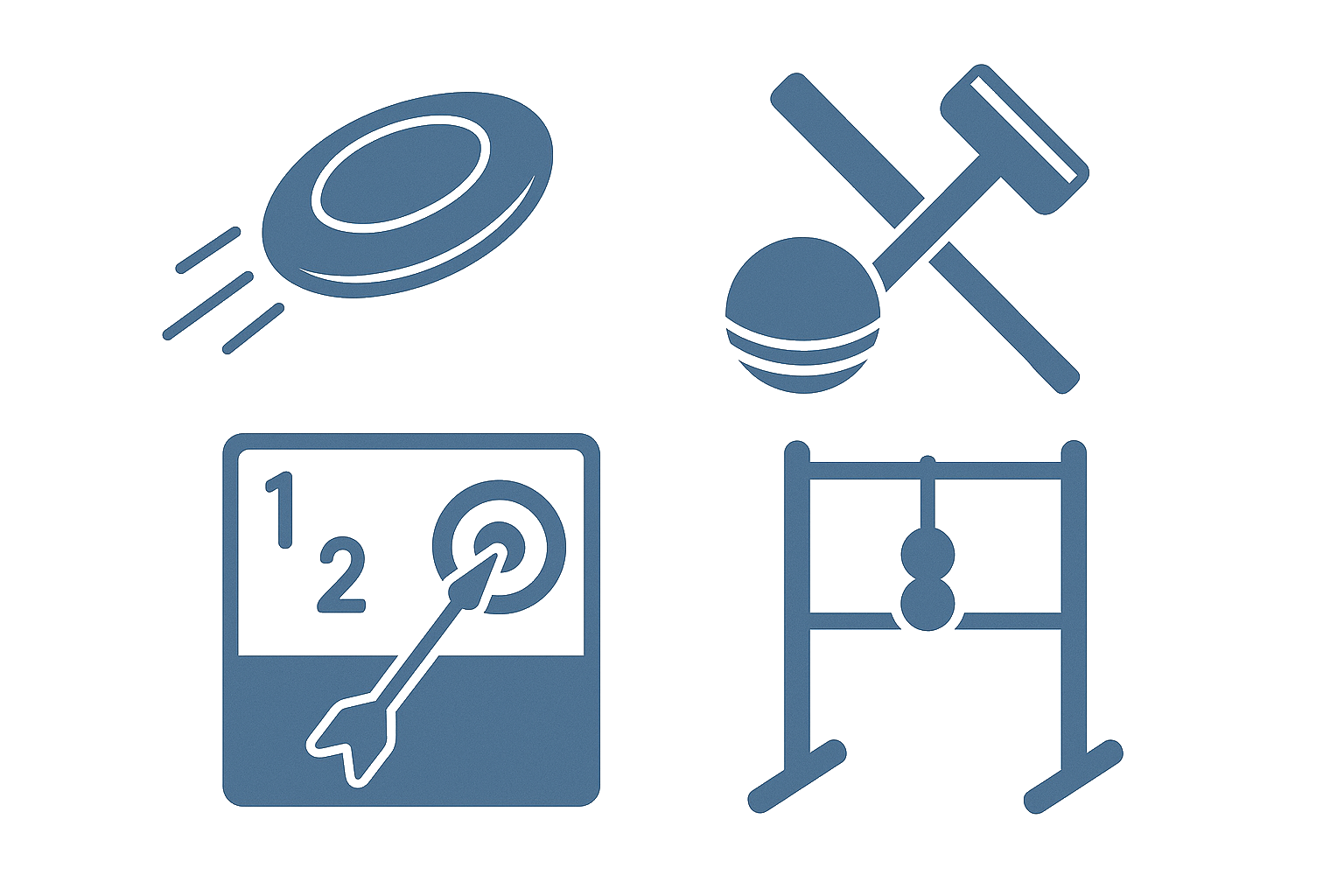🦾 Expertise Snapshot
When it comes to outdoor and recreational gear, innovation doesn’t just live in labs—it lives on trails, in campsites, and on bike paths. From ultralight tents to multitools that promise “17 gadgets in one,” every improvement reflects creativity and problem-solving that deserves protection.
At Miller IP, we understand that these ideas often come from small startups or passionate hobbyists who suddenly find themselves with a marketable product. That’s why we focus on helping outdoor gear innovators secure their designs, ensuring no copycat brand gets a free ride on their hard work.
🧠 How Our Expertise Makes a Difference
Protecting a new type of collapsible stove or high-tech hydration system isn’t just about paperwork—it’s about enabling growth and investment. We help clients identify whether patents, trademarks, or copyrights are the right path to keep their creations safe.
By breaking down complex IP strategies into clear steps, we make it easy for outdoor innovators to secure protection, attract funding, and grow into household brands. After all, nobody should have to worry about infringement while they’re busy testing gear at 10,000 feet.
🔒 IP Breakdown: Protecting What Matters
From patented gear designs to trademarked logos and even copyrighted instruction manuals, IP gives outdoor companies the tools to defend their innovations—and keep competitors from setting up camp in their market.

🔬 Patents in Outdoor Gear
Patents are a cornerstone for outdoor innovators. Whether it’s a new suspension system for mountain bikes, a more compact water filtration unit, or a solar-powered lantern, patents protect the functional aspects that make a product unique.
A patent not only prevents competitors from duplicating your exact innovation but also adds value for investors and potential partners. In a space crowded with knockoffs and cheap alternatives, holding a patent can mean the difference between being a niche gadget and becoming the next must-have item in REI.
🏷️ Trademarks in Outdoor Gear
Outdoor gear thrives on brand trust. Trademarks protect the names, logos, and taglines that assure customers your tent will stand up in a storm or your bike frame won’t snap mid-ride. Trademarks are also vital for building long-term customer loyalty in an industry where word-of-mouth and recognition drive repeat purchases.
Without trademark protection, copycats can slap similar names on inferior gear, confusing customers and eroding your hard-earned reputation. A strong brand backed by registered trademarks ensures your products—and not a cheap imitation—are the ones customers rely on in the wild.
📚 Copyrights in Outdoor Gear
Copyright protection may not cover the gear itself, but it plays a crucial role in how outdoor companies communicate. Instruction manuals, product photography, packaging designs, and even promotional videos are all copyrightable assets that help define a brand’s voice.
In an era where outdoor enthusiasts increasingly rely on digital content—like trail apps, gear tutorials, and safety guides—copyright ensures that the creative side of your business remains exclusively yours. It’s the safeguard for the stories and imagery that inspire people to head outside in the first place.
💡 Real-World Business Examples
Hydro Flask – Known for insulated bottles that keep water ice-cold on long hikes, Hydro Flask relies on trademarks to protect its recognizable branding. Its success story shows how strong brand identity can make a simple product an outdoor essential.
Yeti – Yeti coolers are nearly indestructible and nearly everywhere. Their patents on design features and heavy use of trademarks helped the brand dominate a once-ordinary market of coolers.
Leatherman – The multitool company leveraged patents to protect its unique designs and functionality while building trademarks around its name. The combination of utility patents and branding turned Leatherman into the go-to gear tool worldwide.

🎯 Take the Next Step
Ready to secure your outdoor innovation? Let’s protect your gear so you can focus on the adventure ahead.











